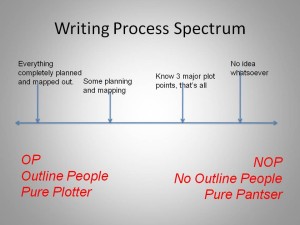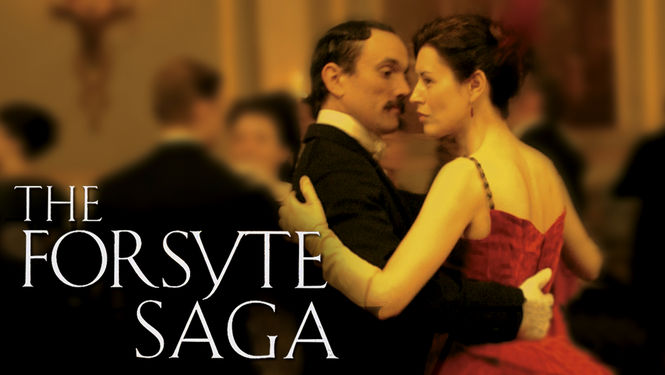For a long time, I enjoyed reading my friend Ashley Ford’s “Five Things” posts. I’ve decided to give it a try, too.
I’m hoping that doing this will:
- help me stay off Facebook
- force me to share my thoughts and interesting links but won’t involve me getting sucked into the Borg
- help me start blogging again
- give me a place to put my thoughts so that I can come back to them later
Note: I’m not on social media much these days and don’t plan to “push” these posts via social media. So: if you’re reading this, it’s either because you subscribe to my blog or some nice person shared the link for some reason.
- My novel is about Linda Lee Thomas Porter, who will eventually marry Cole Porter in 1919, but right now, I’m writing about her before she meets him. She was married from 1901-1912 to a rich dude named Edward Thomas. I like to refer to him as “the Charlie Sheen of the Gilded Age.” Ned and Linda were friends with the 5th Earl of Carnarvon who will eventually discover King Tut’s tomb, but in 1910 he was just getting started as an Egyptologist. Carnarvon and Ned both loved horses (they bred and raced them), racing cars, and had really automobile bad accidents that almost cost them their lives.
- I finished a chapter on Saturday night that I’ve been working on for a week or two. It’s set at Carnarvon’s country estate, Highclere Castle (which you know as Downton Abbey) in 1910. I’ll admit that when I realized that there was a connection between Linda and Carnarvon, I got really excited about the prospect of “visiting” Highclere in my imagination. Because of the popularity of Downton Abbey, there’s a great deal of information on the web about Highclere: blueprints, detailed descriptions of the furnishings and architecture and the grounds, historical background. And thanks to this book, I know what what happening at Highclere around the time of my fictional visit. For example: on September 10, 1910 (my birthday as a matter of fact) a famous aviation innovator named Geoffrey de Havilland successfully flew a bi-plane prototype, and so I made Linda’s visit coincide with that that event so she could bear witness.
- I purposely did NOT start watching season 6 of Downton Abbey while I was writing this chapter; I was afraid I’d lose my nerve or that I’d see the “real” space on the screen and think “I haven’t described the place enough!” or “I got that wrong!” or even “I’ve included too much!” The trick is to balance the real and the imaginary, to keep yourself from over-researching, to use the real as a springboard. I’ve always enjoyed this quotation from Mario Vargas Lllosa, who was asked by the Paris Review to explain what he meant when he said he “wanted to lie in full knowledge of the truth.”
“In order to fabricate, I always have to start from a concrete reality. I don’t know whether that’s true for all novelists, but I always need the trampoline of reality. That’s why I do research and visit the places where the action takes place, not that I aim simply to reproduce reality. I know that’s impossible. Even if I wanted to, the result wouldn’t be any good, it would be something entirely different.”
- I’ve written before about how writing fiction is like time travel to me, and that’s a lot about what this chapter was about, actually. On top of the hill where de Havilland’s plane began its journey is the spot where Carnarvon wanted to be (and is) buried—Beacon Hill. He’s buried within the walls of a prehistoric hill fort, a place where people lived before England was England, even before Rome invaded. I don’t think it’s a stretch to imagine that Carnarvon was a time traveler too, someone who wanted to connect with the past, not through fiction writing but through archaeology and artifacts. It’s kind of meta, I know—a writer in 2016 imagining people walking around in 1910 who are imagining people walking around in 1000 B.C.
- So: I watched a bunch of movies and TV shows set in distant past. The Eagle with Channing Tatum and Jamie Bell. Ironclad with James Purefoy. The Vikings TV series on the History Channel. Holy crap are these shows violent. I watched them in my home office. My writing regimen was this: I can’t write at a desk anymore because of my back, so I kick back in a chair and ottoman. When my fitness bracelet buzzed me that I’d been sitting for an hour, I got up and hopped on my elliptical and watched 15-20 minutes of people hacking each other up, then sat back down and wrote some more. Man, I’m glad I’m done with that chapter. I celebrated last night by watching Downton Abbey.









